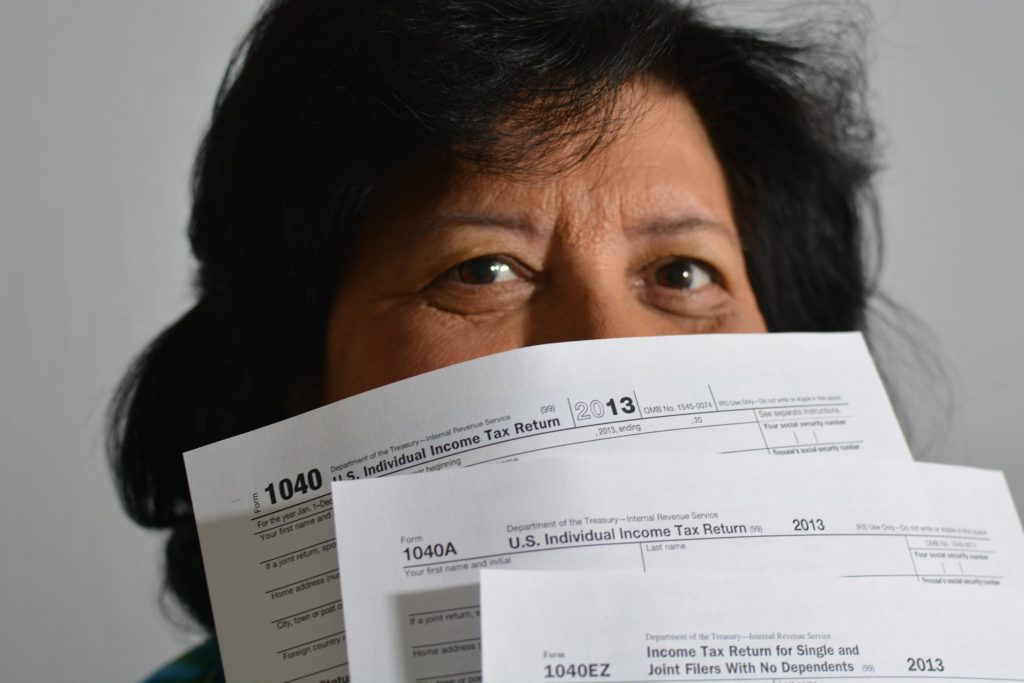As 2015 quickly comes to a close, you may have a senior in high school getting ready to go to college next year, or a student already in college. If so, funding and financial aid planning just got a little more important and time sensitive. In fact, for many families, their 2015 Federal Income Taxes are going to count for the next two academic years of their child’s college. It’s critical that over the remaining several weeks of this year, you take a good look at planning opportunities. Because, unlike years past… if y ou miss out on those strategies this year, it may hurt twice as long.
ou miss out on those strategies this year, it may hurt twice as long.
In September 2015, President Obama signed an Executive Order changing the start date of the Free Application for Federal Student Aid (FAFSA) from January 1st of the year in which a student will be attending his/her fall semester to October 1st of the previous year (ie. almost one year before the school year in which the student is requesting aid). Although there are potentially many positive long term result of making this change to the FAFSA, over the short term(next two years), it means that many families will need to be much more diligent about planning much sooner than they have in the past.
The last time the FAFSA will have a January start date will be this coming January 2016, which will help determine financial aid that a student will receive for the 2016-2017 academic year. Then, starting in October 2016 and every October thereafter, the FAFSA will be available for families to complete for the following Fall/Spring academic year. That means that the October 2016 FAFSA will help determine a student’s financial aid for the Fall 2017 thru Spring 2018.
“Okay…” you may be saying, “But, who cares? What’s the big deal about moving the FAFSA start date to three months earlier?”
We’ll here’s where it get’s interesting and potentially bad news for some families… or good for others. Historically, January’s FAFSA form income questions were based on a family’s prior year taxes. So, in January 2016, families will use their 2015 federal income tax information (ie. their prior year’s taxes) to help determine 2016-2017 financial aid. But when the FAFSA switches to October, beginning in 2016, families will again use their 2015 federal income tax information, but this time to help determine their 2017-2018 financial. In other words, beginning in October 2016, the Free Application for Federal Student Aid will be based on a family’s prior-prior year federal taxes. Talk about having to plan ahead!
So, starting next October, a student’s federal financial aid will be based largely on the parents’ and student’s federal income taxes from two years prior! This creates some challenges in helping clients maximize their potential at qualifying for financial aid. One significant strategy in college planning is helping families reduce their “assessable” income (eg. income reported on the FAFSA which can potentially reduce financial aid). It is often challenging to do this when college is one year out, and becomes even more critical to plan carefully when it becomes two years out!
Sound confusing? The takeaway is that it’s important to understand saving on the cost of college has always required some advance planning, usually during a student’s junior or senior year. But, now, the time table has shifted. I believe that if you want to try and maximize the amount of money that you can save on the cost of college, planning should begin no later than a student’s sophomore year of high school.
If you are under-the-gun and have a junior or senior in high school, there are still some things that you can do, although options are quickly falling by the wayside. Effective college planning is about knowing both “what to do” and “what to avoid.” If you want to talk about your specific situation, please feel free to contact me or schedule an appointment online.
